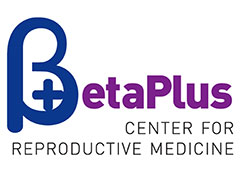27.1.2017. POI
Primary Ovarian Insufficiency (POI) marks the beginning of the menopause (a woman’s last menstrual cycle) before the age of 40. Causes of POI are diverse and often not found. This is consider to be an idiopathic POI. Women with POI may occasionally experience accidental ovary activity which can result in ovulating and, rarely, pregnancy. Only 5 to 10 percent of women diagnosed with POI actually become pregnant.
The incidence of POI in the general population is one percent. It is characterized by secondary amenorrhea (lack of periods) in women under 40 and with laboratory (increased FSH and LH and low blood level of estradiol) and ultrasound (thin endometrium, atrophic ovaries with no or low level of antral follicles) indicators of menopause.
Known causes of POI include chromosomal disorders which require a karyotype test, autoimmune diseases which are often characterized by testing positive to anti adrenal antibodies (CYP21), and an induced POI, which is a consequence of previous radiation and/or chemotherapy.
Long-term treatment of POI focuses on treating the consequences of low estrogen. Lack of estrogen causes increased risk of osteopenia and osteoporosis as well as early development of coronary artery disease (coronary heart disease). Subjective symptoms are hot flashes and insomnia as well as symptoms of genitourinary atrophy resulting in vaginal dryness and troubles urinating. Women suffering from POI should take continuous hormone replacement therapy (HRT). In addition, in order to improve heart and bone conditions, healthy lifestyle needs to be adopted (avoid smoking, exercise, take a proper amount of vitamin D and calcium supplements). A woman with POI is recommended to take HRT until she is approximately 50 years old, the age at which menopause
Unfortunately, there is no evidence that any ART method, apart from egg donation, increasing chances of women with POI getting pregnant.




